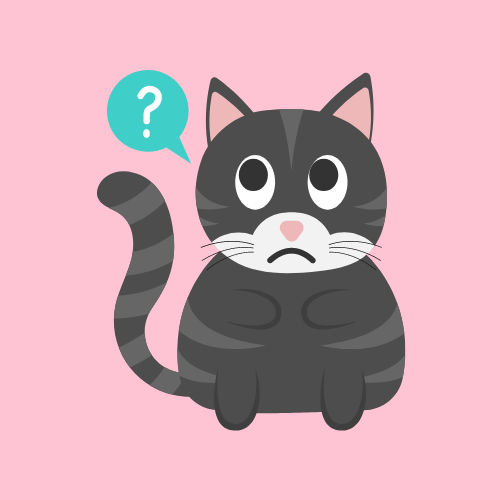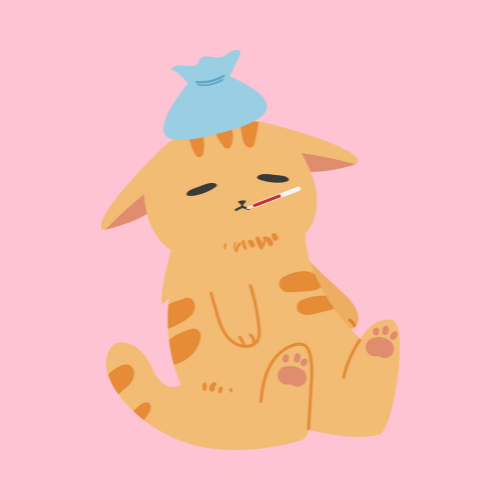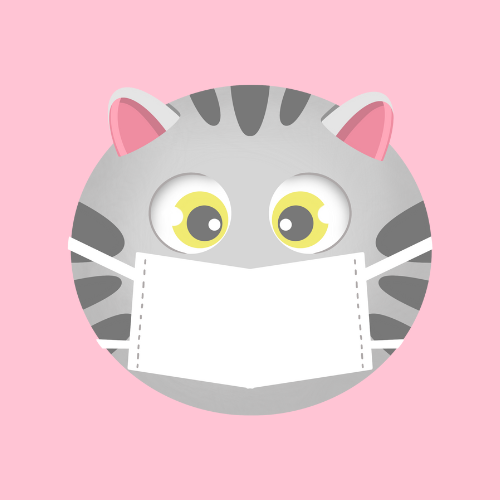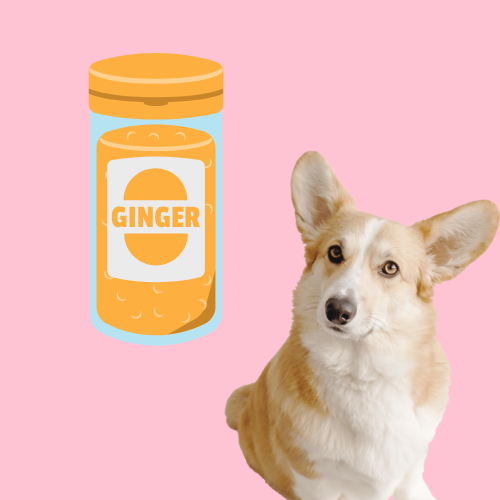Cats, like their owners, occasionally experience stomach issues. Hence vomiting in felines is frequently regarded as insignificant. But that’s not the case; sometimes, vomiting is fatal and may indicate some severe underlying issue. So by keeping that in mind, let us discuss why your cat’s vomit looks like Poop. And if there is something terrible behind it!
Some medical issues can cause a feline companion to vomit; therefore, a vomiting cat must be monitored. If you find that the cat vomit looks like Poop, there is a strong possibility that your kitty is suffering from one of the following:

- Fecal matter in the GIT
- Constipation
- Internal bleeding
- Gut blockage
- Some severe internal injury
- Cancer
But in a circumstance like this, what steps should you take? Should you take your kitty to the veterinarian, or can you get away with just giving it some medication?
Vomiting in Cats
Cats that throw up have a higher risk of developing a variety of diseases as well as digestive issues. It is one of the most prevalent nonspecific symptoms you will probably face. Some kitties do it on their own, sometimes for no reason. A cat can vomit undigested food after consuming it, then eat it again.
Numerous receptors in the digestive system and elsewhere in the cat’s body stimulate the vomiting region in the brain. When the cat realizes it needs to throw up, it becomes worried and may try to get some attention or be reassured. In addition, you will see that the cat begins to salivate and makes many unsuccessful attempts to swallow.

When vomiting begins, the stomach or abdominal wall muscles contract simultaneously. And this causes an abrupt increase as well as a buildup of pressure within the abdominal cavity. Concurrently, the lower esophageal sphincter loosens its grip on the esophagus. The stomach contents are eventually expelled via the mouth after traveling up the esophagus. The cat gargles loudly as it throws up while extending its neck and making a choking motion.
Types of Feline Vomit
Cats can throw up for many reasons, and the vomit they produce can take on a variety of various looks depending on the reason they are throwing up.
Most people who own cats are familiar with hairballs, which are caused when a cat swallows huge quantities of hair while grooming themselves normally. This hair is indigestible and may cause the individual to throw up once it has passed through their digestive system.
The vomit that results from other, more serious reasons may contain blood, bile, mucus, or even food that has only been partially digested. Your veterinarian should be informed about the pattern of the vomit, including how often it occurs and what it looks like. Additionally, pet owners might benefit from understanding the distinction between vomiting and regurgitation.
- Vomiting is the forceful discharge of stomach and upper intestine contents, while regurgitation is the discharge of the substance from the mouth, throat, and esophagus. The act of vomiting is a dynamic procedure that often takes many minutes and during which the cat may exhibit symptoms such as looking ill, drooling, retching, and belly heaving before eventually vomiting.
- Regurgitation typically occurs suddenly and frequently without any prior warning. The cat will be perfectly normal one minute and then suddenly “spit up” without heaving or retching. If you and your veterinarian can determine which of these two processes is taking place in your kitty, you will have a better chance of isolating the underlying cause of the issue.
Cat Vomit Looks Like Poop?
Regarding vomiting, cats and humans are much similar. If the stomach recognizes indigestible or irritating stuff, it expels it. Because kitties are such sensitive creatures, many things might cause them to throw up suddenly and anywhere in the house. The most common cause is hairballs, which may be caused by a cat swallowing hair when grooming itself. One more feasible explanation is that the individual has an intolerance or allergy to particular meals or beverages.
When the cat throws up anything that looks like Poop, it may cause the owner distress. It is essential to understand that stools are composed of the solid or semi-solid leftovers of meals that the intestines could not break down any further. If the cat throws up these partially digested foods, the vomit looks like Poop. This indicates your cat’s stomach has troubles like gastroenteritis, but you can’t determine the actual cause.
Your vet will assist you in determining your cat’s present condition and the remedies that should be administered to it. You shouldn’t give it unprescribed medicine because it will only cure its symptoms, not its health problem.
What May Be the Cause of the Vomiting?
The following are some potential triggers for occasional vomiting:
Furballs
While grooming, cats commonly consume hair. If it develops clumps, it might irritate the stomach and cause vomiting. If your kitty frequently vomits hairballs, your vet may advise medications or diets to prevent hair buildup and regular grooming to reduce hair ingestion.
Overeating
When kitties consume food too rapidly, they may regurgitate. If you have many cats, you should keep their food bowls in different areas of the house to prevent them from fighting over food. Try feeding dry food in an egg carton or kibble in plastic containers with rolling holes. These puzzle feeders reduce eating, promote mental challenges, battle boredom, and encourage activity, reducing weight gain.
Eating Excessively at Once
Naturally, a cat’s diet will consist of frequent, little meals. Although it may not always be feasible, experts recommend consuming five smaller meals daily. Dry kibble absorbs stomach contents and swells, which can induce vomiting, especially in elderly cats.
How to Treat Cat Vomits
If your cat is healthy and not vomiting regularly, try the following approaches. In any other case, go to one of the nearby veterinary clinics and then let the veterinarian handle the situation from there on out. If homecare remedies fail and your pet keeps vomiting, see a vet.

Restrict Food and Drinks Temporarily
If you feed your cat and it immediately vomits up afterward, you are doing yourself, and your pet no favors and should delay both food and drink for a minimum of 12 hours. If your kitty feels moderate irritation, vomiting should cease after she expels the source. Be strong and provide your fluffy pet ice cubes when he begs for food during this time. In addition to that, electrolyte solutions are also fantastic alternatives to consider. Once 12 hours have passed, and there is no evidence of your cat throwing up again, feed him or her tiny meals for around two days before switching back to the cat’s usual diet.
Feed Cats Separately
In situations with numerous kitties around, vomiting is a frequent method for cats to respond to consuming excessive food. Cats will race each other to eat their food, and it goes without saying that after a few sessions, they will vomit up all they have eaten.
You should feed each of your cats separately and maintain an acceptable portion size for each meal to avoid a situation. If you do that, there is a strong chance that your problem with throwing up will be resolved for good.
- Can Cats Eat Syrup? – Tips and Advice
- What Smells Do Cats Hate?
- Cat Tree That Looks Like a Tree [Recommendations]
- My Cat Is Stressing Me Out [Full Guide]
Try New Foods
Cats will throw up when they cannot digest particular meals, like dairy foods, cereals, wheat, corn, etc.
As a consequence, you should alter the routine food somewhat and see whether or not your cat can acclimate to the changes. You won’t know whether your kitty is allergic to a certain food unless you test it. It’s best to make adjustments gradually rather than all at once.

Doctor of Veterinary Medicine (D.V.M.) at Nation Taiwan University,Master of Science (M.S.) in Biomedical Engineering at National Taiwan University of Science and Technology




